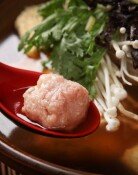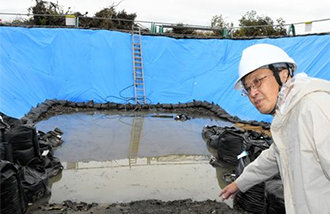[Opinion] The Green-Red Alliance
The Green-Red Alliance is a political alliance between farmers and laborers. Originally, farmers and laborers were like oil and water. The two did not mix well. Farmers were a propertied class while laborers were not. Marx compared farmers to a sack of potatoes. Farmers were a class that had valuable products, but because they lived dispersed from each other, communication amongst themselves was difficult. Consequently, farmers were a group that very much needed tight unity and cohesiveness, but were not well suited to instigate any reforms. Farmers would have to be exploited to the bone in order to start any kind of movement. Chinas Mao Zedong used these qualities to create agricultural socialism.
In Europe during the 1920s, when populist parties began to emerge, farmers and laborers created separate and independent parties. The working class organized under the banner of either the Socialist Democratic Party or the Labor Party, and the farmers formed the Farmers Party, which has faithfully maintained its independence to the present day. Even though the Information Age continues to exert its power and has dried up the population of the countryside, farmers have fiercely endured the drop in prices of grains, meat and other agricultural goods and are continuing to eke out an existence.
In various European countries, laborers and farmers have made various attempts at Green-Red Alliances, but the number of successful alliances can be counted on one hand. Even in Socialist-Democratic Sweden, only two attempts have been made. The first attempt at this was In the 1920s, when the Socialist Democratic Party, in order to check the power of conservatives, temporarily enlisted the support of the Farmers party. The second and last attempt at this kind of alliance was in the 1950s when the Socialist Democratic Party enlisted the support of the Farmers Party in establishing the Welfare State. In 1958, the Farmers Party split with the Socialist Democrats when they granted additional pension benefits only to laborers. From then on, the Farmers Party has been making selective alliances with either the Liberal or Conservative Parties.
South Koreas progressive Democratic Labor Party, which had entered with the political arena which much fanfare, held their first policy meeting last week. On the surface, every thing looked lovey-dovey, but internally there must have been a great deal of tension. The reason why there is an example in the world today in the year 2004 of a single, united labor and farmers party is that in Korea there is a good probability that there is a lot of consensus between laborers and farmers. It is highly foreseeable that the farmers will ask for a role in the party structure and request agricultural reforms.
Since we are at the beginning stages, these reforms will go over easily. However, one wonders what path the Democratic Labor Party will take when it is caught in the fork in the road of having to choose between raising the cost of agricultural or manufactured goods.







